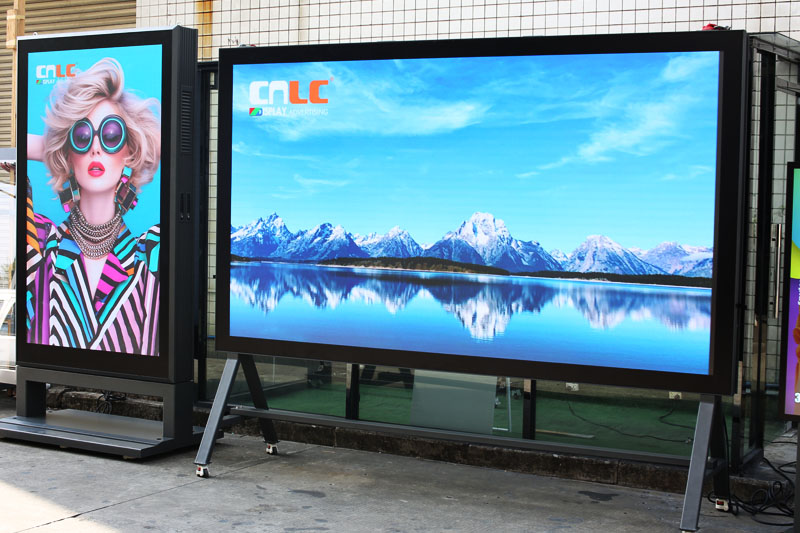what are you looking for?
 CNLC to Showcase Innovative Outdoor Digital Signage Solutions at ISE 2026
CNLC to Showcase Innovative Outdoor Digital Signage Solutions at ISE 2026
 Outdoor Advertising Screens Hard to See? CNLC Anti-Reflective Laminated Glass Solves 3 Major Problems
Outdoor Advertising Screens Hard to See? CNLC Anti-Reflective Laminated Glass Solves 3 Major Problems
 Introducing Our New P1.25 COB LED Display Series: Drive-Thru Digital Menu Boards | LED Mupi | Outdoor TV Displays
Introducing Our New P1.25 COB LED Display Series: Drive-Thru Digital Menu Boards | LED Mupi | Outdoor TV Displays
 How to Prevent LCD Screens from Blacking Out Due to Sun Exposure in Outdoor Digital Signage
How to Prevent LCD Screens from Blacking Out Due to Sun Exposure in Outdoor Digital Signage
 Outdoor Digital Signage: The Ultimate Protection with Double-Laminated Glass
Outdoor Digital Signage: The Ultimate Protection with Double-Laminated Glass
 Digital Signage in Major Sporting Events: Focus on the innovative practices of the Olympic Games
Digital Signage in Major Sporting Events: Focus on the innovative practices of the Olympic Games
 Advantages of Outdoor LCD Digital Signage
Advantages of Outdoor LCD Digital Signage
 The Significance of Freestanding Digital Signage in Outdoor Advertising
The Significance of Freestanding Digital Signage in Outdoor Advertising

 Tel : 8618688410533
Tel : 8618688410533 Tel : 8602082332833
Tel : 8602082332833 Email : info@cnlcdisplay.com
Email : info@cnlcdisplay.com STAY CONNECTED Get our news, offers, and more...
STAY CONNECTED Get our news, offers, and more...









